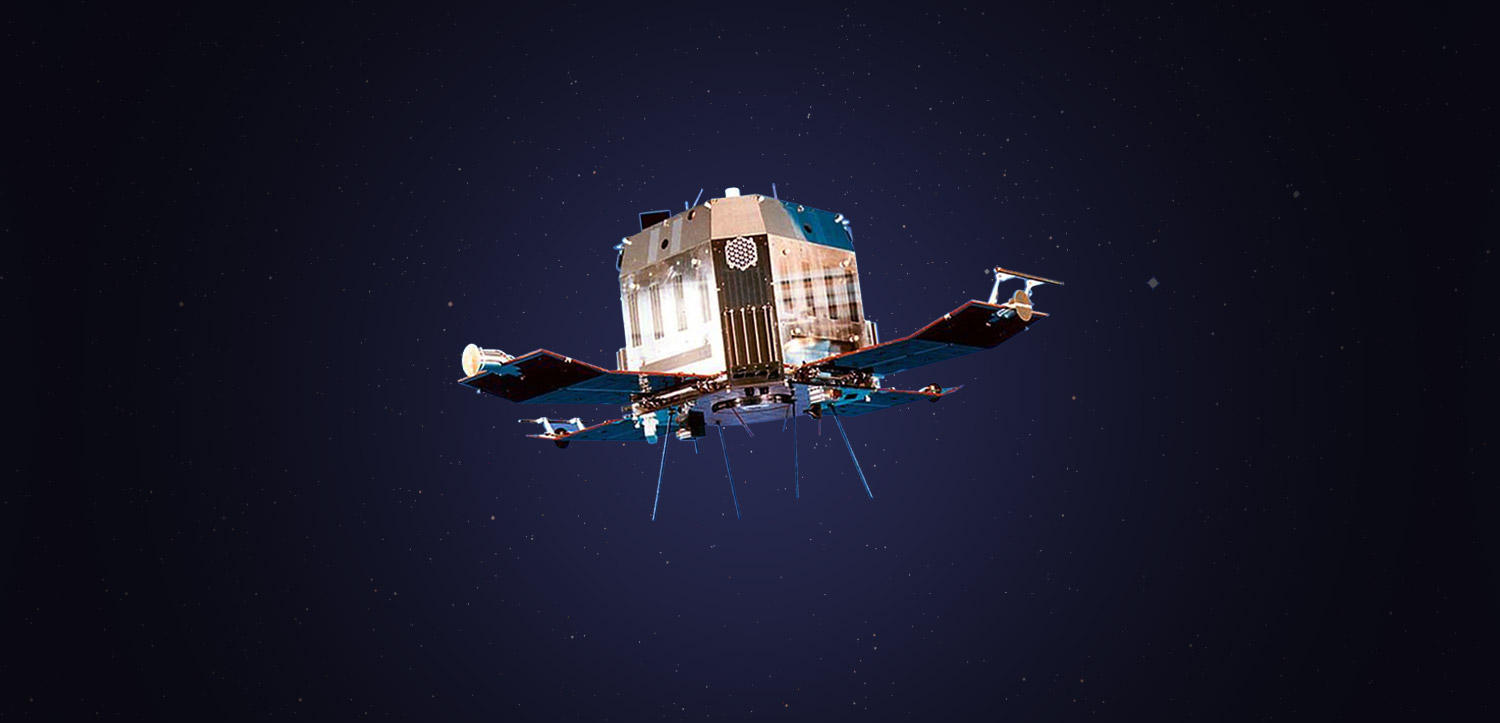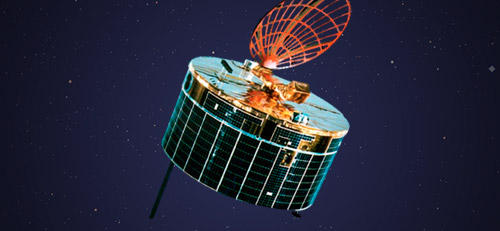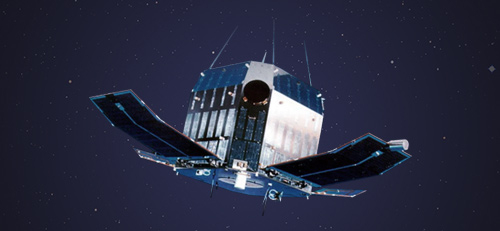| Name (pre-launch in parentheses) | OHZORA (EXOS-C) |
|---|---|
| International Designation code | 1984-015A |
| Objectives | 1.Elucidation of structure and composition of middle atmosphere, and observation of magnetosphere 2.Participation in the International Middle Atmosphere Program conducted from 1982 through 1985 |
| Launch Date | 17:00, February 14, 1984 (JST) |
| Launch Location | Kagoshima Space Center (Uchinoura) |
| Launch Vehicle | M-3S-4 |
| Weight | 207kg |
| Shape | 88cm high, 109cm long from face to face Octagonal cylinder with four solar-array paddles Extending 20m-long antenna from the body |
| Orbital Altitude | Perigee 354 km, Apogee 865 km |
| Orbital Inclination | 75° |
| Type of orbit | Elliptical |
| Orbital Period | 97 min |
| Scientific Instruments | Limb Atmospheric Infrared Spectrometer Planet Plasma Sounder etc. |
| End of Operation | December 26, 1988 |
| Reentered Date | December 26, 1988 |
| Operation | Since the satellite touched the 3rd-stage rocket motor five seconds after separation, it was contaminated by residual gas. Consequently, the satellite’s battery capacity fell by 20%. To cope with this drop, careful switch on/off operation of the observation instruments was made to prevent excessive battery discharge. After orbiting 26,799 times around the earth, the last signal from OHZORA was received at 14:11:53 on December 26, 1988 (JST), and then the communication link was lost. It is thought that the satellite perished at an altitude of 90km over New Guinea at 23:39 on that day. |
| Results | Of 11 observation instruments, five were used for research of atmospheric environment and six for research on the earth's electromagnetic environment. During its four years of operation, OHZORA provided us with valuable data obtained by observations of absorption spectrum of sunlight by minor constituents in the middle atmosphere, high-energy particles over the Polar Regions and South Atlantic Anomaly, etc. |



